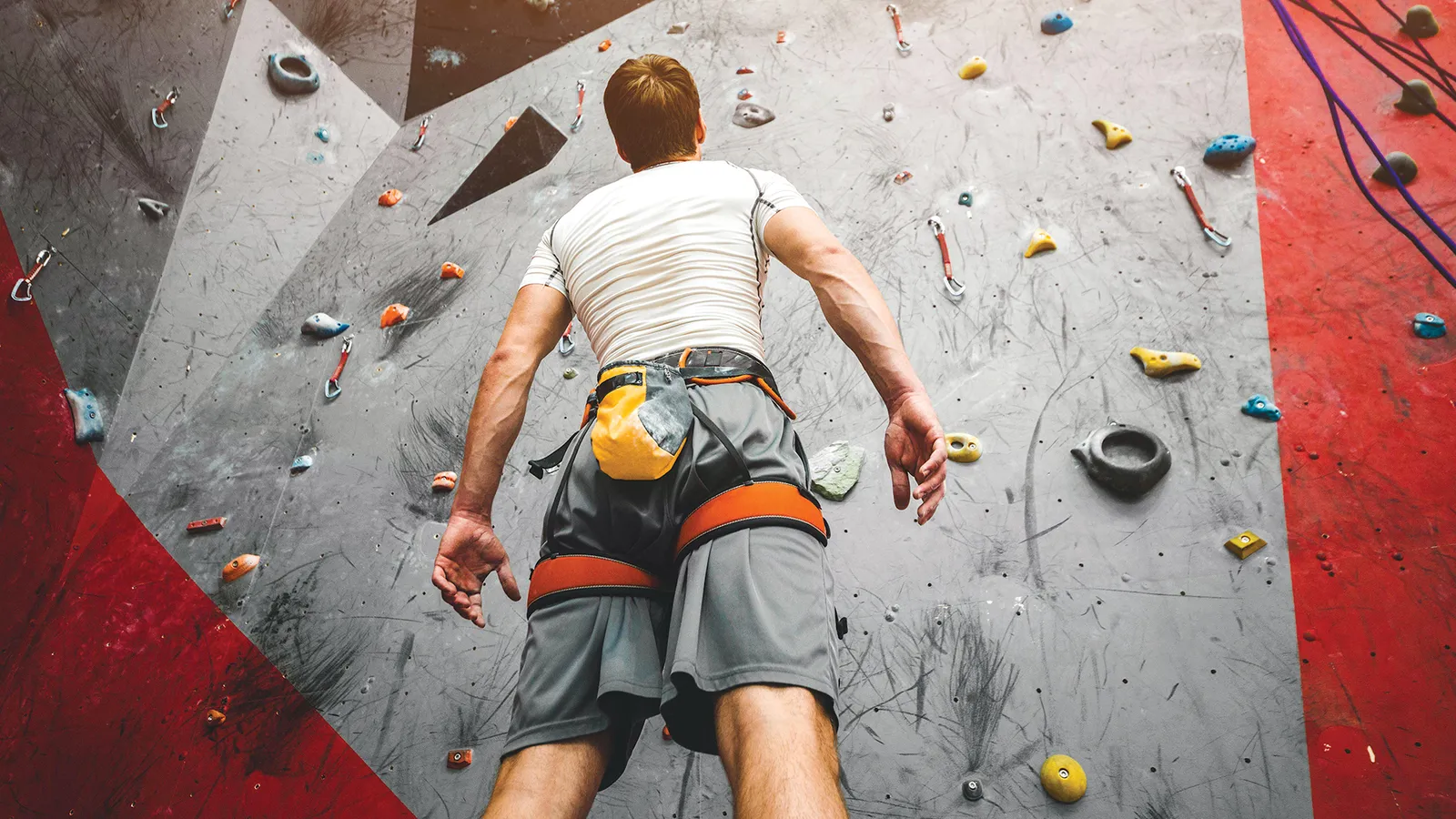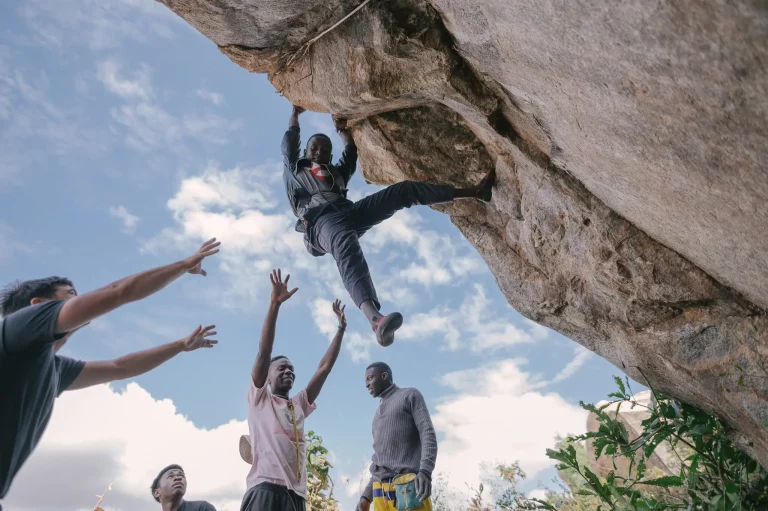Mastering the Fundamentals of Rock Climbing
Rock climbing isn’t just a sport; it’s a thrilling adventure that challenges both body and mind. Whether you’re a beginner looking to start or an experienced climber seeking to refine your skills, mastering the fundamentals is crucial for safety and enjoyment. In this guide, we’ll explore the essentials of rock climbing based on insights from GQ Magazine, covering everything from gear selection to technique and safety tips.
Understanding the Basics
1. Gear Essentials
Rock climbing requires specialized gear to ensure safety and performance:
- Harness: Provides support and attachment points for ropes.
- Ropes: Dynamic ropes absorb energy in a fall, crucial for safety.
- Carabiners and Quickdraws: Used to connect ropes and harnesses securely.
- Climbing Shoes: Provide grip and precision on rock surfaces.
- Helmet: Protects against falling debris and impacts.
- Chalk and Bag: Absorbs sweat for better grip on holds.
2. Choosing the Right Climbing Route
Selecting an appropriate climbing route depends on your skill level and experience:
- Top Rope Climbing: Ideal for beginners, where the rope is anchored above the climber.
- Lead Climbing: Advanced technique where the climber clips the rope into protection as they ascend.
- Bouldering: Climbing short, challenging routes without ropes, focusing on strength and technique.
Techniques and Skills
3. Footwork
Good footwork is essential for balance and efficiency:
- Toe and Edge Placement: Use toes and edges of climbing shoes for precise placements.
- Quiet Feet: Minimize noise and movement to maintain balance and conserve energy.
4. Handholds and Grips
Understanding different types of handholds improves climbing efficiency:
- Jugs: Large holds for gripping with the entire hand.
- Crimps: Small edges where fingers crimp tightly.
- Slopers: Smooth holds requiring friction and body tension.
5. Body Positioning
Maintain proper body positioning to maximize strength and minimize fatigue:
- Flagging and Smearing: Techniques to stabilize the body and reach holds.
- Twisting and Turning: Adjust body orientation for reaching distant holds.
Safety and Etiquette
6. Safety Checks
Perform thorough safety checks before climbing:
- Partner Check: Verify harness, knots, and belay setup.
- Double-Check Gear: Inspect ropes, carabiners, and anchors for wear or damage.
7. Communication
Clear communication between climber and belayer is crucial:
- Commands: Use standardized commands like “On belay,” “Climbing,” and “Take.”
8. Fall Techniques
Learn to fall safely to minimize injury:
- Dynamic vs. Static: Adjust body position and tension to absorb impact safely.
- Trust Your Gear: Modern climbing gear is designed to protect against falls.
Progression and Practice
9. Training and Conditioning
Build strength and endurance specific to climbing:
- Strength Training: Focus on core, grip, and upper body exercises.
- Flexibility: Stretch regularly to improve range of motion and prevent injuries.
10. Consistent Practice
Improvement comes with regular practice and persistence:
- Climbing Gyms: Utilize indoor climbing facilities to refine skills and techniques.
- Outdoor Climbing: Apply indoor skills to real rock settings under supervision.
Conclusion
Rock climbing is a rewarding pursuit that challenges physical abilities and mental focus. By mastering the basics of gear selection, techniques, safety protocols, and consistent practice, you can embark on a journey of exploration and personal achievement in the world of rock climbing. Whether scaling indoor walls or conquering natural crags, remember to prioritize safety, respect for the environment, and enjoyment of the climb. Happy climbing!



